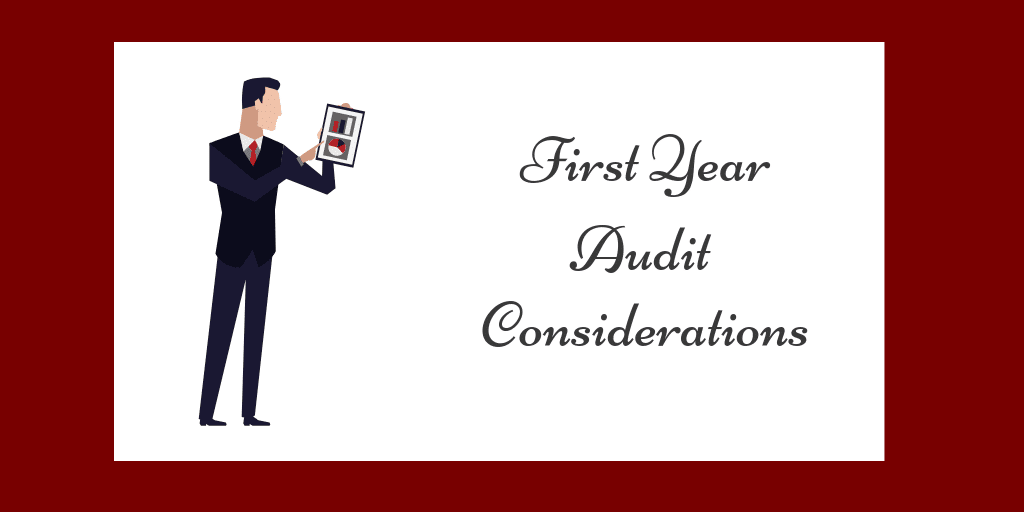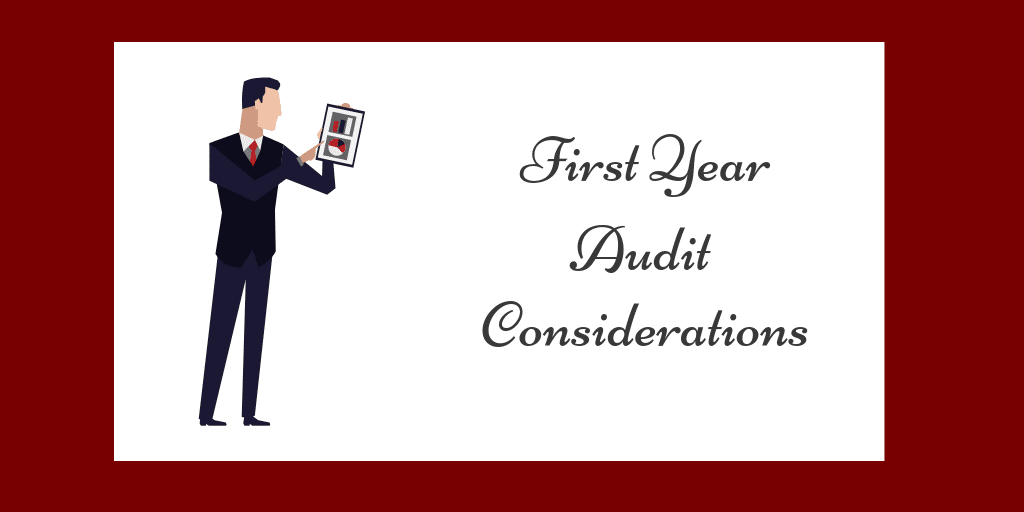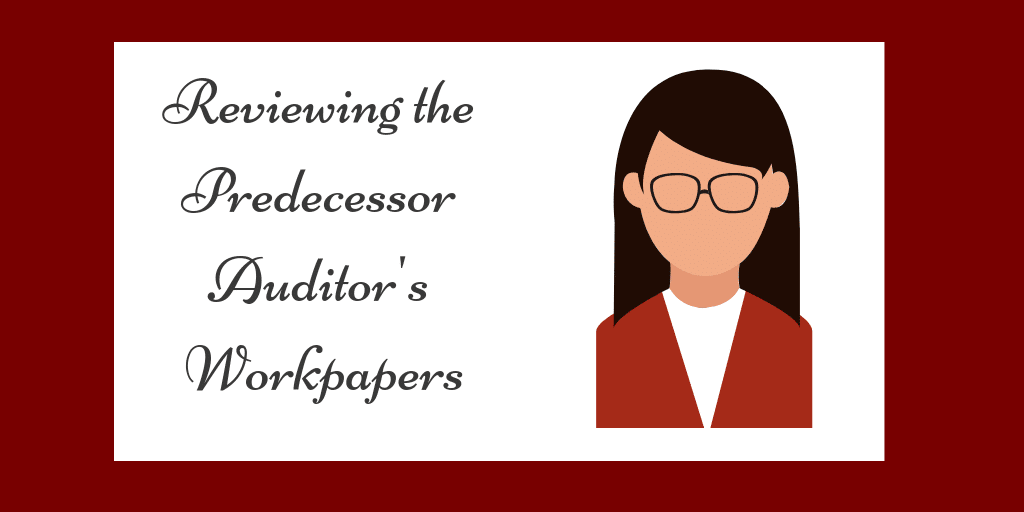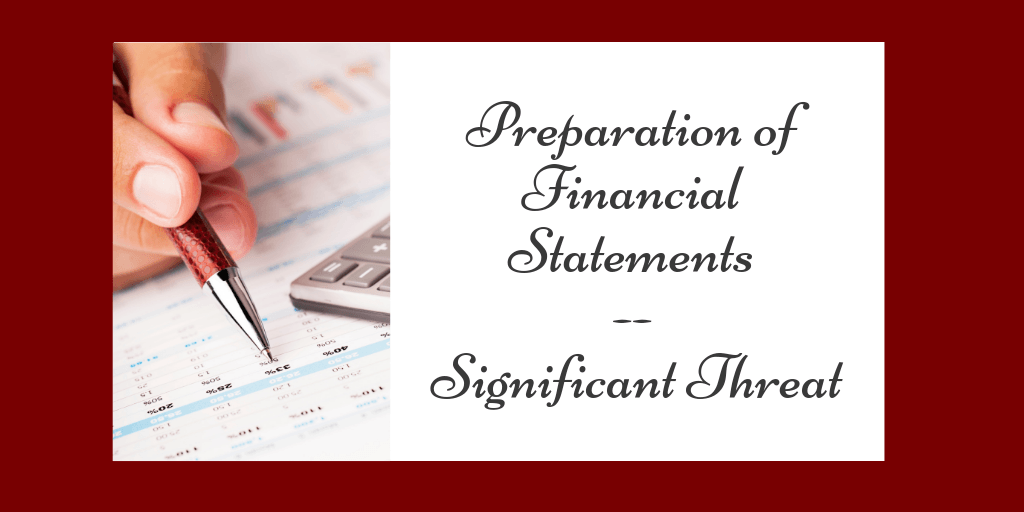Yellow Book independence is a big deal. And if you prepare financial statements in a Yellow Book audit, you need to be aware of the independence rules. Below I tell you how to maintain your independence—and stay out of hot water,
Yellow Book Independence Impairment in Peer Review
Suppose that--during your peer review--it is determined your firm lacks independence in regard to a Yellow Book engagement.
What could happen? Well, I can't say for sure, but I think it would be nasty. At a minimum, you would probably receive a finding for further consideration. The engagement is definitely nonconforming (not conforming to professional standards).
Then, you'd need to provide a response--explaining what you intend to do about the lack of independence. And this could get very interesting. Not where you want to be.
Preparation of Financial Statements is a Significant Threat
If you prepare financial statements (a nonattest service) for your audit client, you have a significant threat. Why? You are auditing something (the financial statements) that you created. There is a self-review threat.
When there is a significant threat, you must use a safeguard (to lessen the threat). Such as? A second partner review. So, for example, you might have a second audit partner (someone not involved in the audit) review the financial statements. Since the second partner did not create the financial statement, the self-review threat is mitigated.
Notice the safeguard (the second partner review) is something the audit firm does--and not an action of the audit client. Therefore, it qualifies as a safeguard.
The 2018 Yellow Book states the following in paragraph 3.88:
Auditors should conclude that preparing financial statements in their entirety from a client-provided trial balance or underlying accounting records creates significant threats to auditors' independence, and should document the threats and safeguards applied to eliminate and reduce threats to an acceptable level...or decline to provide the services.
But My Client has Sufficient SKE
You've heard your audit client must have sufficient skill, knowledge and experience (SKE) and that they must oversee and assume responsibility for nonattest services. This is true and is always required when nonattest services are provided to an audit client.
Even so, the client's SKE does not address the self-review threat.
Think of the SKE issue as a minimum requirement. Do not pass "go" if the client does not assign someone (with SKE) to oversee the nonattest service. You are not independent. End of discussion. (If the client does not have sufficient SKE, see section below titled Inadequate Skill, Knowledge, and Experience.)
The January AICPA Reviewer Alert distinguishes the SKE requirement from safeguards saying, "Client SKE should not be viewed as a safeguard, but rather a mandatory condition before performing any nonaudit services."
Once the client SKE issue is dealt with, consider if auditor safeguards are necessary. Why? A self-review threat may be present.
The AICPA (in its AICPA Yellow Book Practice aid) provides examples of safeguards (again, these are actions of the audit firm) including:
- Obtaining secondary reviews of the nonaudit services by professional personnel who were not involved in planning or supervising the audit engagement.
- Obtaining secondary reviews of the nonaudit services by professional personnel who were not members of the audit engagement team.
See Appendix E of the AICPA Yellow Book Practice Aid for additional examples of safeguards and how to apply them.
Independence Documentation is Required
The Yellow Book requires that your independence be documented. If it is not, a violation of professional standards exists.
So, document the SKE of the client and the safeguards used to address significant threats. Also, document which nonattest services are signficiant threats. Peer reviewers focus on Independence documentation.
Document Significant Threats
The January 2019 Reviewer Alert (an AICPA newsletter provided to peer reviewers) provides a scenario where an audit firm performs a Yellow Book audit and prepares financial statements. Then the firm has an engagement quality control review (EQCR) performed, but it does not identify the preparation of financial statements as a significant threat. The newsletter states "the engagement would ordinarily be deemed nonconforming for failure to document identification of a significant threat." So, even if a safeguard (e.g., a second partner review) is in use, the lack of documentation makes the engagement nonconforming.
Judging Client's SKE
Here are examples of client personnel that might be available to oversee the financial statements preparation service:
- A 15 year mayor who is a businessman, no accounting education, no formal training in reading governmental financial statements. He understands the fund level statements but can't grasp the reconciliation between the government-wide financial statements and the fund level financial statements.
- Second year finance director with no prior accounting experience, graduated from a two year college with a degree in general business.
- Finance director with 25 years experience and is a CPA and a member of GFOA. She trains others in governmental accounting.
- Finance director with a high school education but has extensive governmental accounting training from the Carl Vinson Institute. He has the ability to create the financial statements from scratch.
As you can see, the Yellow Book independence assessment will sometimes be black and white, but other times, not so. Regardless, the audit client has to have someone with sufficient skill, knowledge and experience to oversee the financial statements preparation. Why? The auditor can't assume responsibility for the statements. This is a management responsibility.
Management Responsibilities
The 2018 Yellow Book (paragraph 3.75) says the following about management responsibilities:
In cases where the audited entity is unable or unwilling to assume these responsibilities (for example, the audited entity does not have an individual with suitable skill, knowledge, or experience to oversee the nonaudit services provided, or is unwilling to perform such functions because of lack of time or desire), auditors should concluded that the provisions of these services is an impairment to independence.
Additionally, paragraph 3.73 of the Yellow Book states:
Auditors should determine that the audited entity has designated an individual who possesses suitable skill, knowledge, or experience and that the individual understands the services to be provided sufficiently to oversee them.
If the government has no one with sufficient SKE, then the external auditor is not independent and can't perform the audit.
So, is there another option when the client does not have sufficient SKE?
Inadequate Skill, Knowledge, and Experience
If the auditor can't get comfortable with the client's SKE (e.g., the client's ability to review the financial statements and assume responsibility), what can be done? The audited entity can hire someone with sufficient SKE. For example, the entity could contract with a CPA not affiliated with the external audit firm to review the financial statements on their behalf.
Many smaller governments need to contract with an outside person in order to have sufficient SKE. The problem, however, is they may not have the funds to do so. If you as the auditor make this suggestion, be prepared for this question: "Isn't this why I hired you?" Regardless, the client has to have sufficient SKE before the auditor can issue an opinion.
In Summary
Here's the lowdown to protect your firm:
- Document the nonattest services you are to perform
- Document the client person that will oversee and assume responsibility for the nonattest service
- Document the SKE of the designated person
- Consider whether any nonattest services are significant threats
- Document which, if any, nonattest services are significant threats
- Use (and document) a safeguard to address each significant threat (examples of safeguards include an EQCR or a second-partner review)
Looking for a tool to document Yellow Book independence? Consider the AICPA's practice aid. Here is the free PDF version. You can also purchase the fillable version here. (Cost is $39 for AICPA members.) This is the 2011 Yellow Book aid. I am thinking the AICPA will create a 2018 Yellow Book version as well.







